Describe How Plants Can Be Grown Using Asexual Reproduction
This is a replacement for sexual reproduction that uses seeds to create new plant life. Asexual Reproduction in Plants Definition.

Asexual Reproduction In Plants
There are many plants including dahlia ginger gladioli onion sweet potato etc.

. Asexual reproduction is used by many unicellular and multicellular organisms. Asexual reproduction in plants Since there is only one parent involved in asexual reproduction the offspring are genetically identical to the parent and to each other they are clones. Traditionally these plants survive.
The tunicate bulb is used in daffodils for asexual propagation. In this process a small bulb-like cellular outgrowth called bud is formed from the cell. Strawberries are another plant that can reproduce with runners.
Asexual reproduction is the simplest form of reproduction found in plants. Three methods of plant asexual reproduction are. Budding fragmentation and spore formation.
The mode depends on certain features. Budding Microscopic organisms such as yeasts reproduce asexually by budding. Many plants reproduce asexually as well as sexually.
Explore how asexual plant reproduction occurs through the vegetative propagation of bulbs tubers rhizomes. Asexual reproduction refers to the formation of a new organism from a single parent with no involvement of gametes or sex cells. The plantlets are then placed in the soil so that they can grow into mature plants.
Garlic and onions are examples of plants that use bulbs to reproduce. Asexual reproduction produces plants that are genetically identical to the parent plant because no mixing of male and female gametes takes place. All these things are discussed above in detail.
Natural Methods of Asexual Reproduction. Many plants propagate using pollen and seeds but asexual reproduction is also common. List of Several Ways Plants Can Reproduce Asexually Rooting Cuttings.
The new plant is genetically identical to the parent plant from which the stock has been taken. Layering encourages the formation of roots on a parent plant to form new plants before detaching that section. Grafting layering and micropropagation are some methods used for artificial asexual reproduction.
Garlic gladiolus and crocuses Crocus use corm to reproduce asexually. A cutting is a portion of a parent plant severed completely from the parent and induced to root. Asexual reproduction can be a disadvantage for plants because it creates populations with low genetic diversity that will be all be vulnerable to the same diseases and adverse environmental.
Asexual reproduction allows the plants to reproduce very quickly. Using tissue culture many plants can be grown from one parent in disease-free conditions. Plants can reproduce asexually in a variety of ways.
Spore formation This process is mainly seen in all non-flowering plants and also in algae. The natural methods of asexual reproduction in plants usually include those plants which develop from the self-propagation process. Vegetative asexual reproduction involves a plant creating new plant material that goes on to become a new plant.
The asexual reproduction in plants can take place by the following methods. Bulbs are another way plants can reproduce asexually. Asexual reproduction in Plants.
The new plant is genetically identical to the parent plant from which the stock has been taken. Fragmentation In this process of asexual reproduction the new plant is produced from a portion of the parent plant which grows mature and develops into an individual plantparent plant. There are two different methods of asexual reproduction in plants.
Budding fragmentation vegetative propagation and spore formation take place in the process of Asexual Reproduction. In asexual reproduction part of the parent plant is used to generate a new plant. This article was about the reproduction methods used by plants.
This can be through budding tillering or other processes. Learn about bulb gemma plantlet and cutting forms of asexual plant reproduction. Bulbs scally bulbs are used in lilies for asexual reproduction.
Many plants are able to propagate themselves using asexual reproduction. Both homosporous and heterosporous life histories may exhibit various types of asexual reproduction vegetative reproduction somatic reproduction. The other type of asexual plant reproduction is called apomixis.
Asexual reproduction produces plants that are genetically identical to the parent plant because no mixing of male and female gametes takes place. Runners - horizontal stems eg strawberry or spider plants. This means the parent plant will be competing with a great number of.
Adventitious roots can give rise to new plants like in the case of ivy. I Vegetative propagation ii Budding. It is of three common forms.
This method does not require the investment required to produce a flower attract pollinators or find a means of seed dispersal. In natural asexual reproduction roots can give rise to new plants or plants can propagate using budding or cutting. This method does not require the investment required to produce a flower attract pollinators or find a means of seed dispersal.
In this mode of reproduction new yeast cells are formed the parent cell. The new plants obtained by asexual reproduction methods are exactly identical to the parent plants. See all videos for this article.
The two unite to form a new plant containing the roots of. Grafting layering and micropropagation are some methods used for artificial asexual reproduction. All these plants continue to grow into independent plants.
In asexual reproduction part of the parent plant is used to generate a new plant. Describe two methods of asexual reproduction in. Many plants reproduce asexually as well as sexually.
In asexual reproduction new plants are produced from existing plants without the production of seeds. The reproduction plants increase the greenery in the ecosystem making the lives more comfortable. Many plants are able to propagate themselves using asexual reproduction.
In grafting part of a plant is attached to the root system of another plant. This technique is commonly used for ornamental plants. It can be sexual or asexual reproduction method.
Bulbs - underground food storage organs with fleshy leaves that store food and can grow and develop into new plants eg. Be it humans or plants both are equally important.

Asexual Reproduction In Plants Biology For Majors Ii

Asexual Reproduction In Plants Biology For Majors Ii
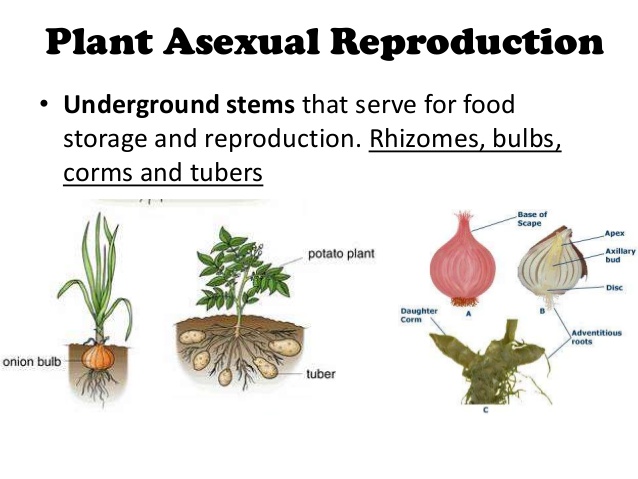
Advantages And Disadvantages Of Asexual Reproduction In Plants Science Online
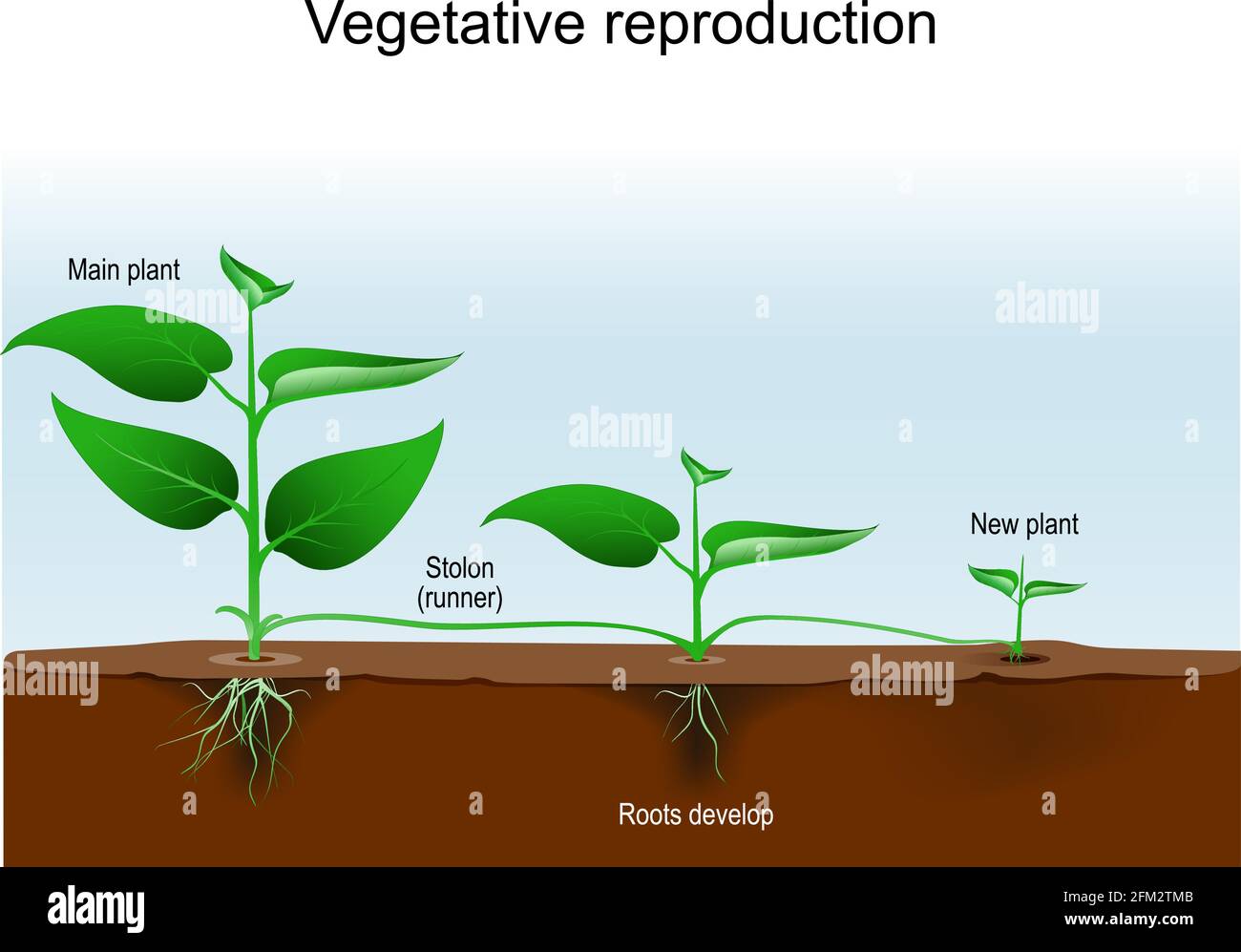
Asexual Reproduction Plants High Resolution Stock Photography And Images Alamy
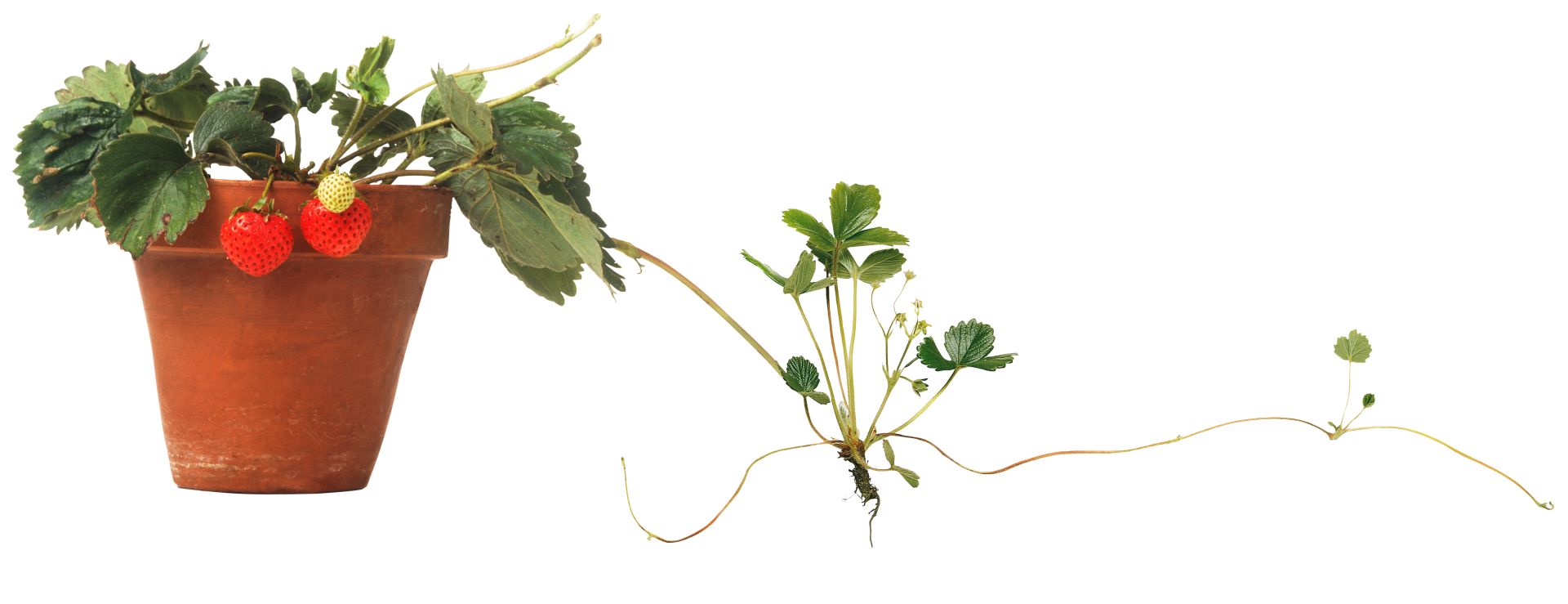
Plants Without Seeds Plant Reproduction Dk Find Out
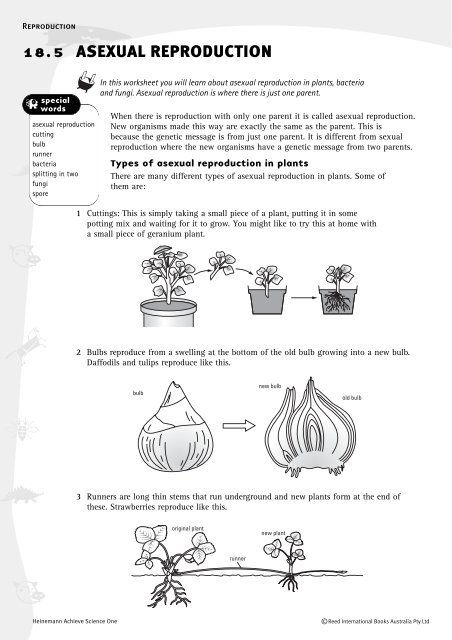
Worksheet Asexual Reproduction

Asexual Reproduction In Plants Biology For Majors Ii
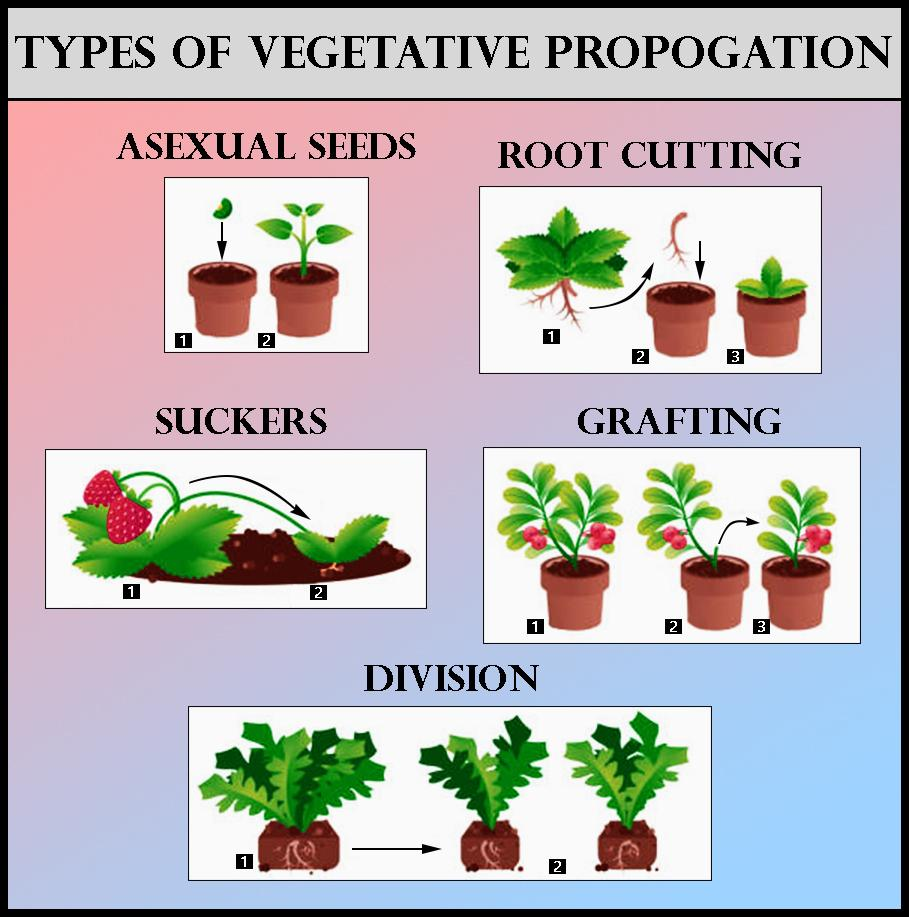
What Methods Will You Use For Growing The Jasmine And Class 11 Biology Cbse

Asexual Plant Reproduction Lesson For Kids Video Lesson Transcript Study Com
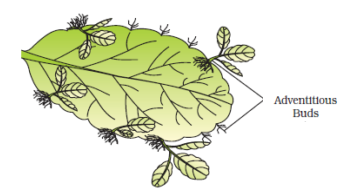
Asexual Reproduction In Plants Binary Fission Budding Natural Artificial

Asexual Reproduction Openstax Biology 2e

Major Difference Between Sexual And Asexual Reproduction

Lesson Worksheet Asexual Reproduction In Plants Nagwa

Asexual Reproduction Miss A Science Com

Asexual Reproduction In Plants Biology For Majors Ii

Asexual Reproduction In Plants Class 7 Reproduction In Plants Science



Comments
Post a Comment